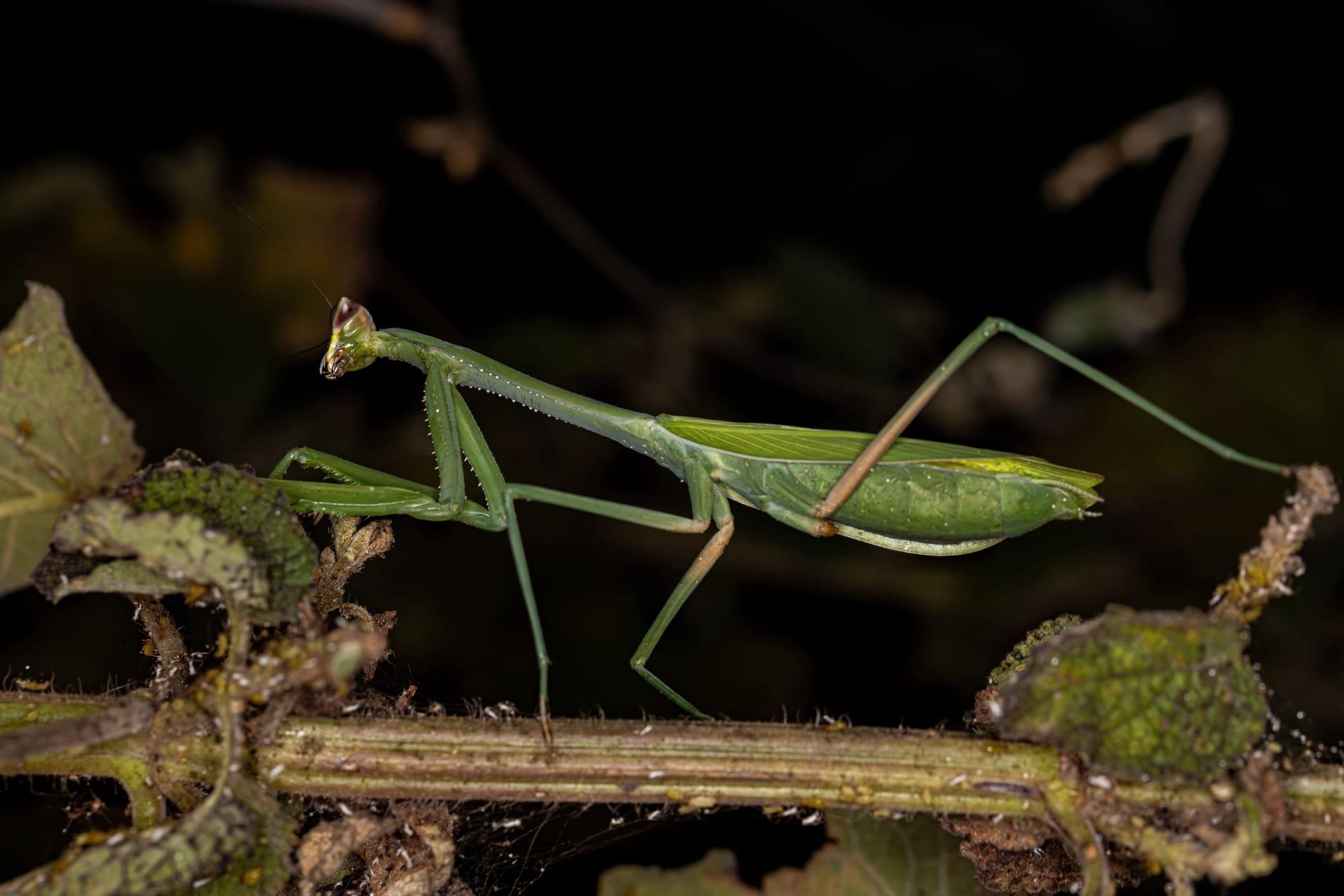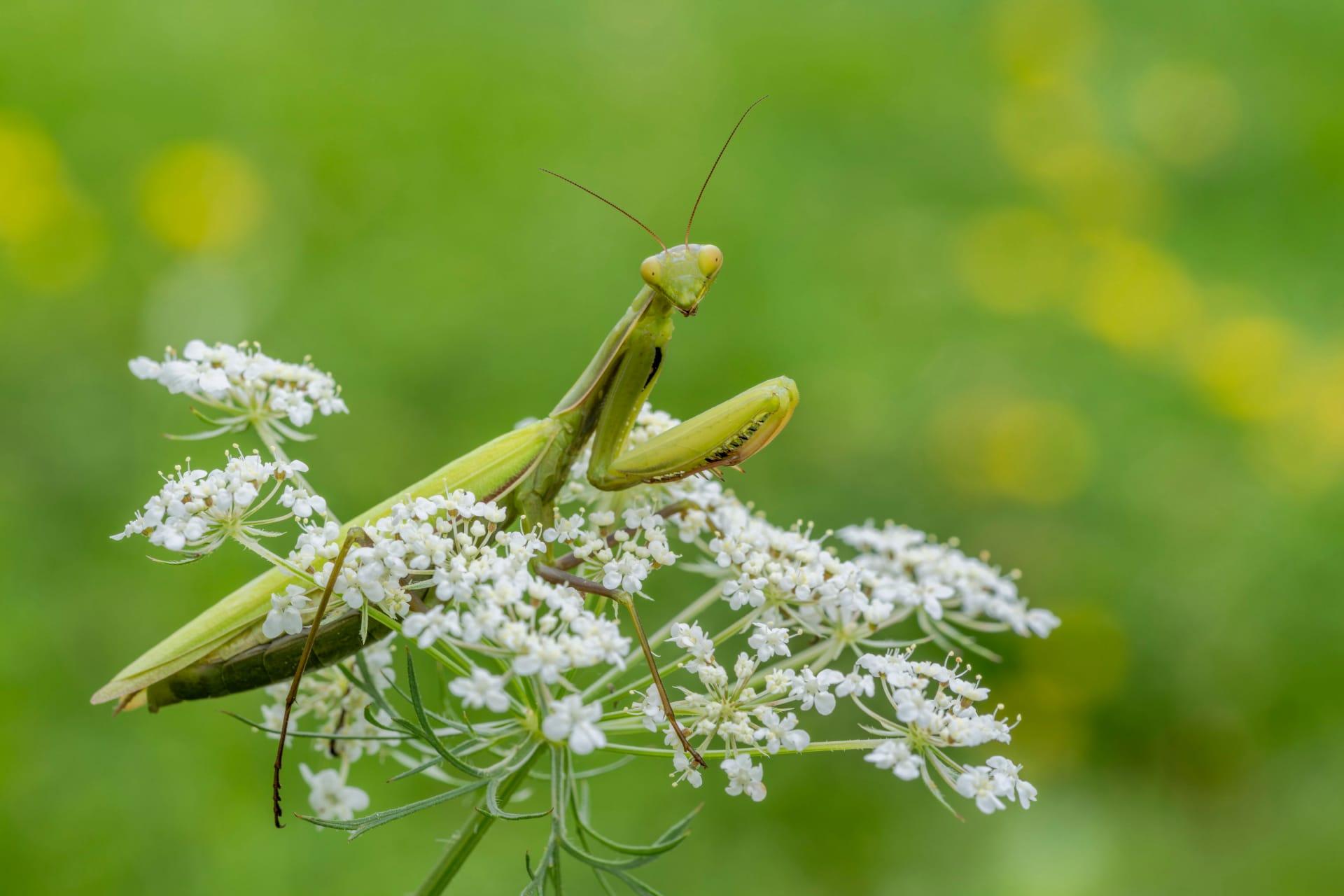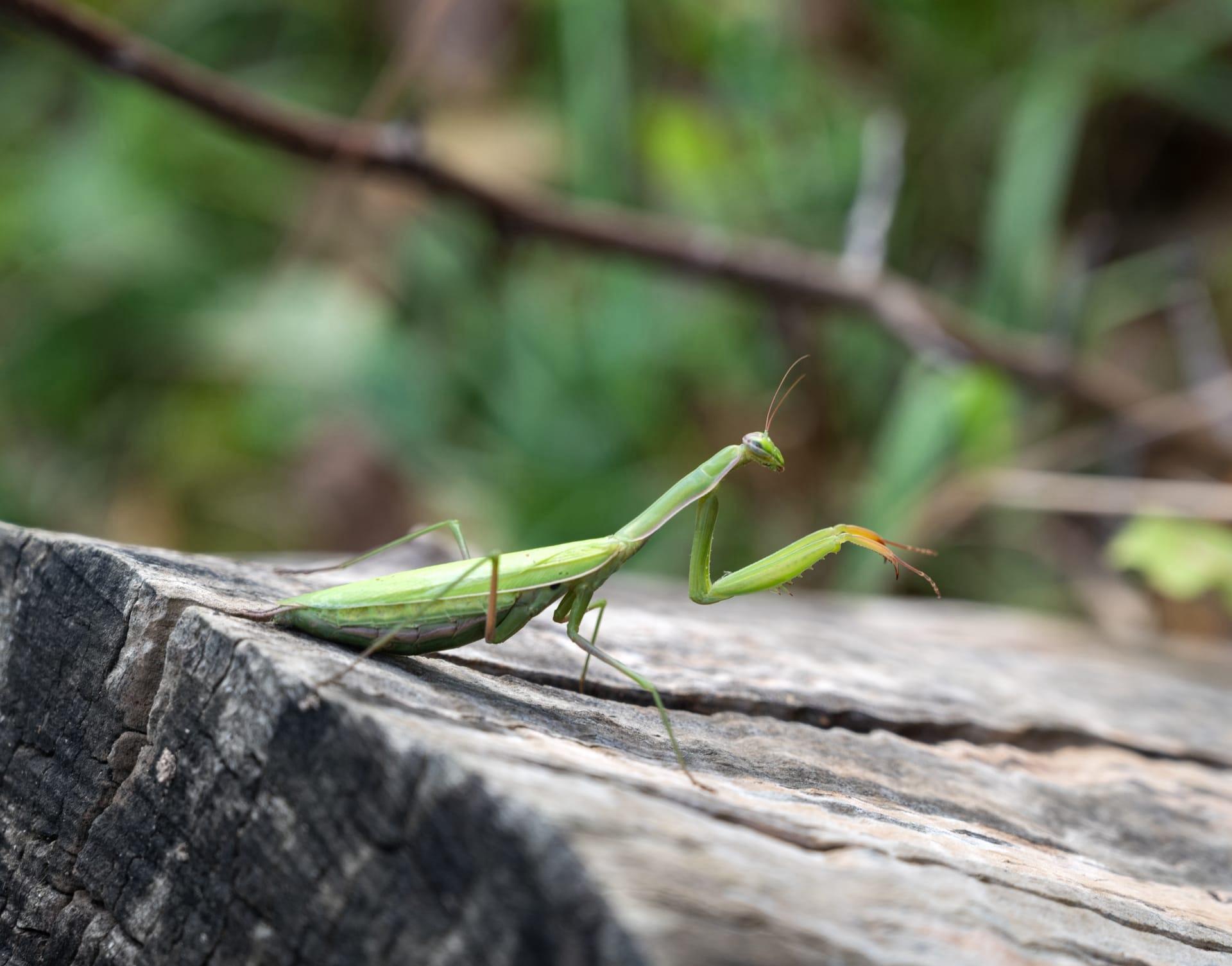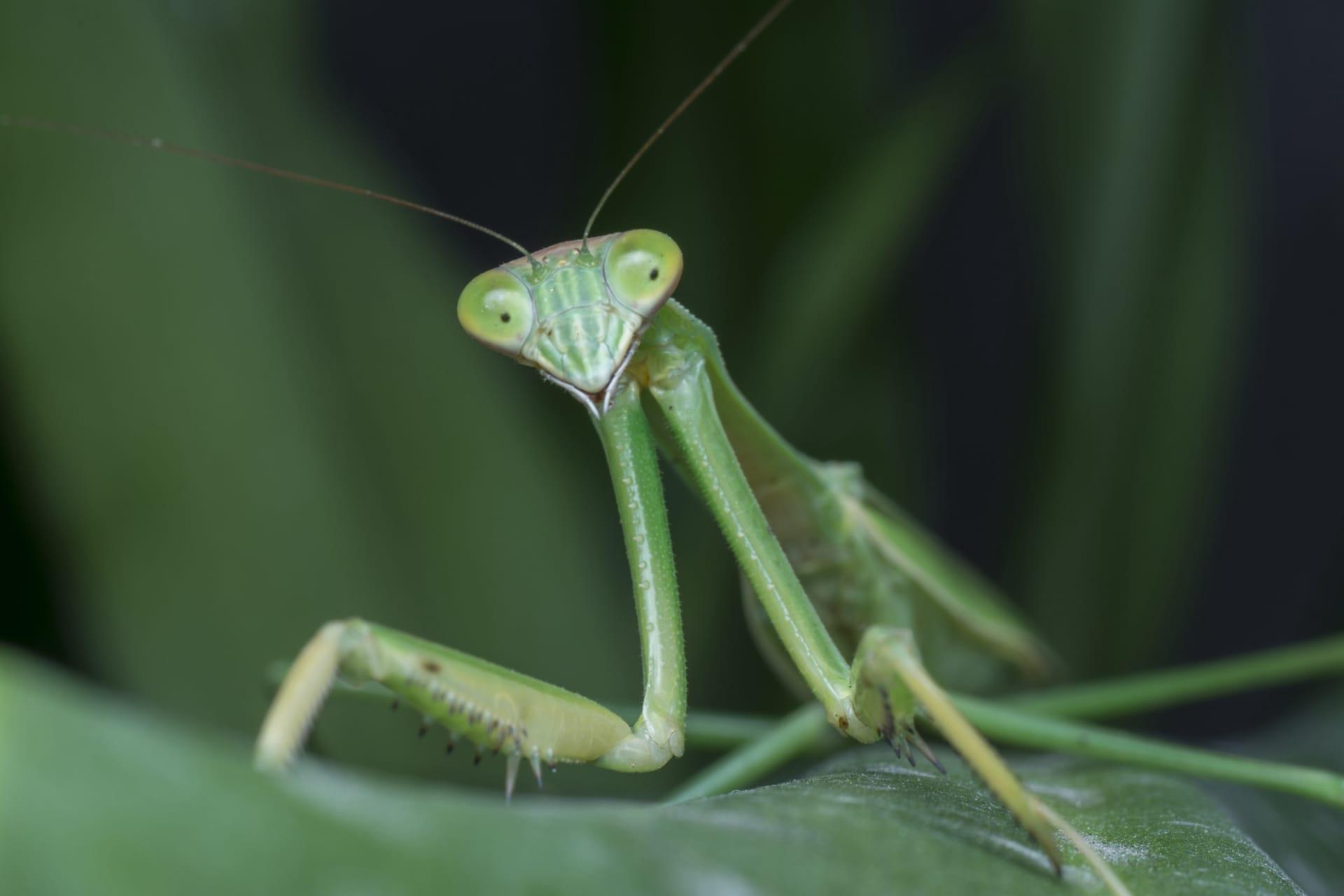Mantid
- Home /
- Mini Encyclopedia /
- Animal /
- Mantid
1
Mantids, commonly known as praying mantises, belong to the order Mantodea. This order encompasses over 2,400 species, grouped into about 430 genera. They are characterized by their elongated bodies, triangular heads with bulging eyes, and their upright posture that, combined with their folded forelimbs, gives them a prayer-like appearance. Mantids can be found in a variety of colors, including green, brown, and gray, which aids in camouflage. The majority of mantid species are in the family Mantidae. They are closely related to cockroaches and termites, belonging to the superorder Dictyoptera.
Mantids are found all over the world, but they are most abundant in tropical regions. Their distribution spans continents, from the humid rainforests of South America and Africa to the arid deserts of Australia. Some species, like the European mantis (Mantis religiosa), have been introduced to North America and are now widespread. These insects prefer environments where they can easily blend into their surroundings, such as leafy vegetation or tree bark, enabling them to ambush their prey.

2
Question: Do mantids really practice sexual cannibalism frequently?
Answer: Sexual cannibalism in mantids, where the female eats the male after or during mating, is a widely discussed topic. However, this behavior is not as common as popularly believed. Studies suggest that sexual cannibalism occurs in less than 30% of mating encounters in the wild. Factors influencing this include the nutritional state of the female and the environmental conditions. In captivity, where escape is impossible, rates of cannibalism can be higher. This behavior is thought to provide nutritional benefits to the female, aiding in the production of healthier offspring.

3
Mantids are known for their impressive hunting strategies. They are predominantly ambush predators, relying on their camouflage to blend into their surroundings. Once their prey, which includes insects and sometimes small vertebrates, comes within reach, mantids strike swiftly. They use their spiked, raptorial forelegs to seize and hold their prey. Their elongated bodies and flexible necks allow them to rotate their heads 180 degrees to scan for prey and predators.
Reproduction is another critical aspect of mantid survival. Females lay eggs in a foam-like substance that hardens to form a protective case, known as an ootheca. This case can contain hundreds of eggs and is attached to a substrate, such as a plant stem or leaf. The eggs overwinter and hatch in the spring, with the nymphs resembling miniature adults. These nymphs undergo several molts as they grow, shedding their exoskeleton multiple times before reaching adulthood.

4
In the ecosystem, mantids play a dual role as both predators and prey. As predators, they help control the populations of the insects they consume, including pests harmful to agriculture and gardens. This predatory behavior makes them a natural form of pest control. Mantids are particularly effective in controlling populations of flies, moths, and grasshoppers.
As prey, mantids are an important food source for a variety of animals. Birds, bats, spiders, and even larger insects such as hornets and other mantids often prey on them. This predation plays a significant role in controlling mantid populations and maintaining ecological balance. The presence of mantids indicates a healthy, biodiverse environment, as they thrive in areas rich in insect life.

5
Film: "The Secret World of Praying Mantises" is a documentary produced in the United States in 2015. It offers an in-depth look into the life of mantids, exploring their unique hunting techniques, mating rituals, and survival strategies. The film showcases stunning macro photography, revealing the intricate details of these fascinating insects.
Book: "Masters of Disguise: The World of Mantids" by Jonathan Wright, published in the UK in 2018, delves into the world of mantids, highlighting their incredible camouflage skills. Wright explores various species across different continents, discussing their evolutionary adaptations and roles in their respective ecosystems.
Book: "The Praying Mantids: Nature's Predatory Priests" by Jennifer Marshall, released in Canada in 2020, focuses on the predatory nature of mantids. Marshall provides detailed accounts of their hunting methods, reproductive behaviors, and the myths surrounding them. The book also addresses the challenges mantids face due to habitat loss and climate change.